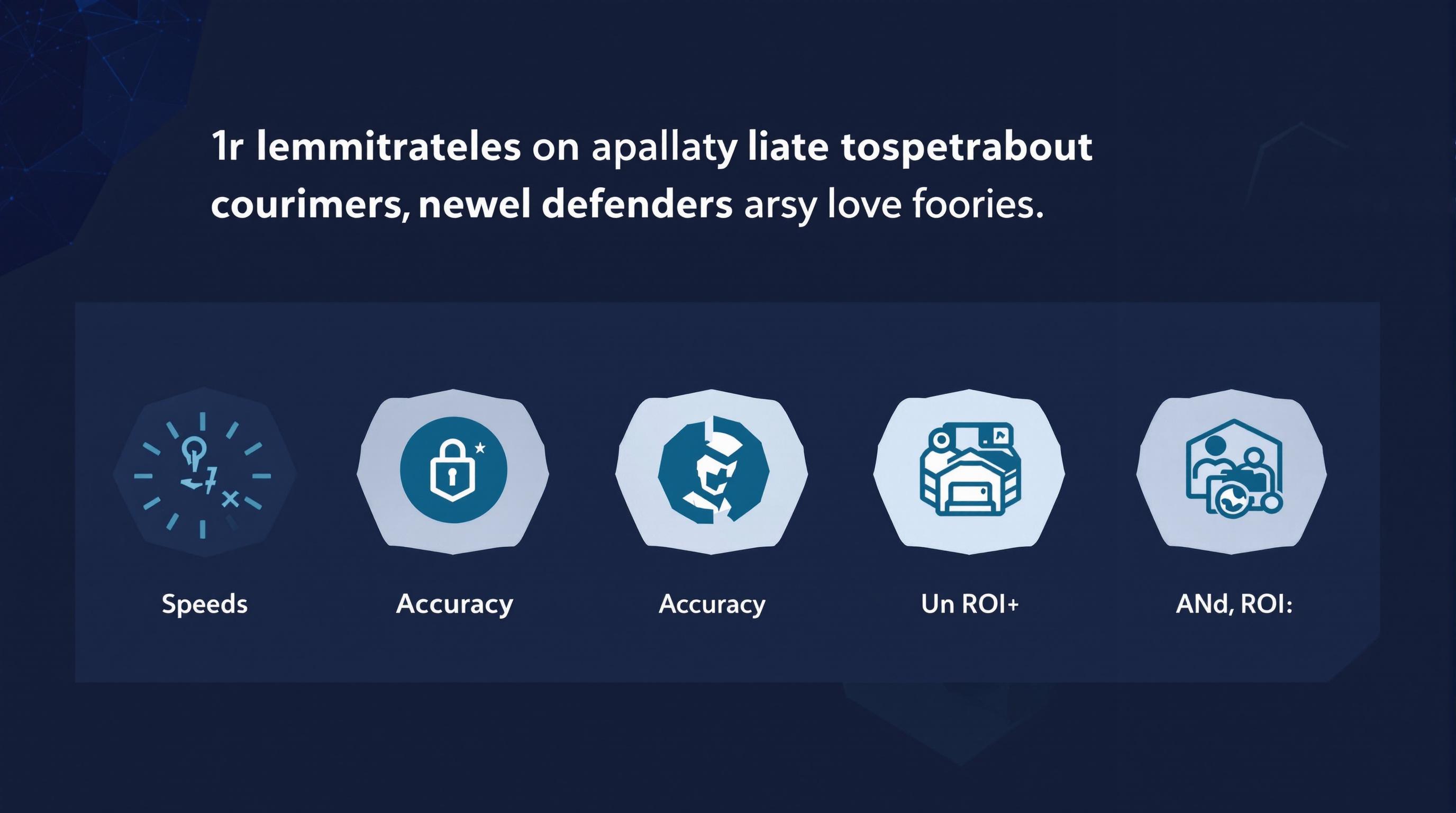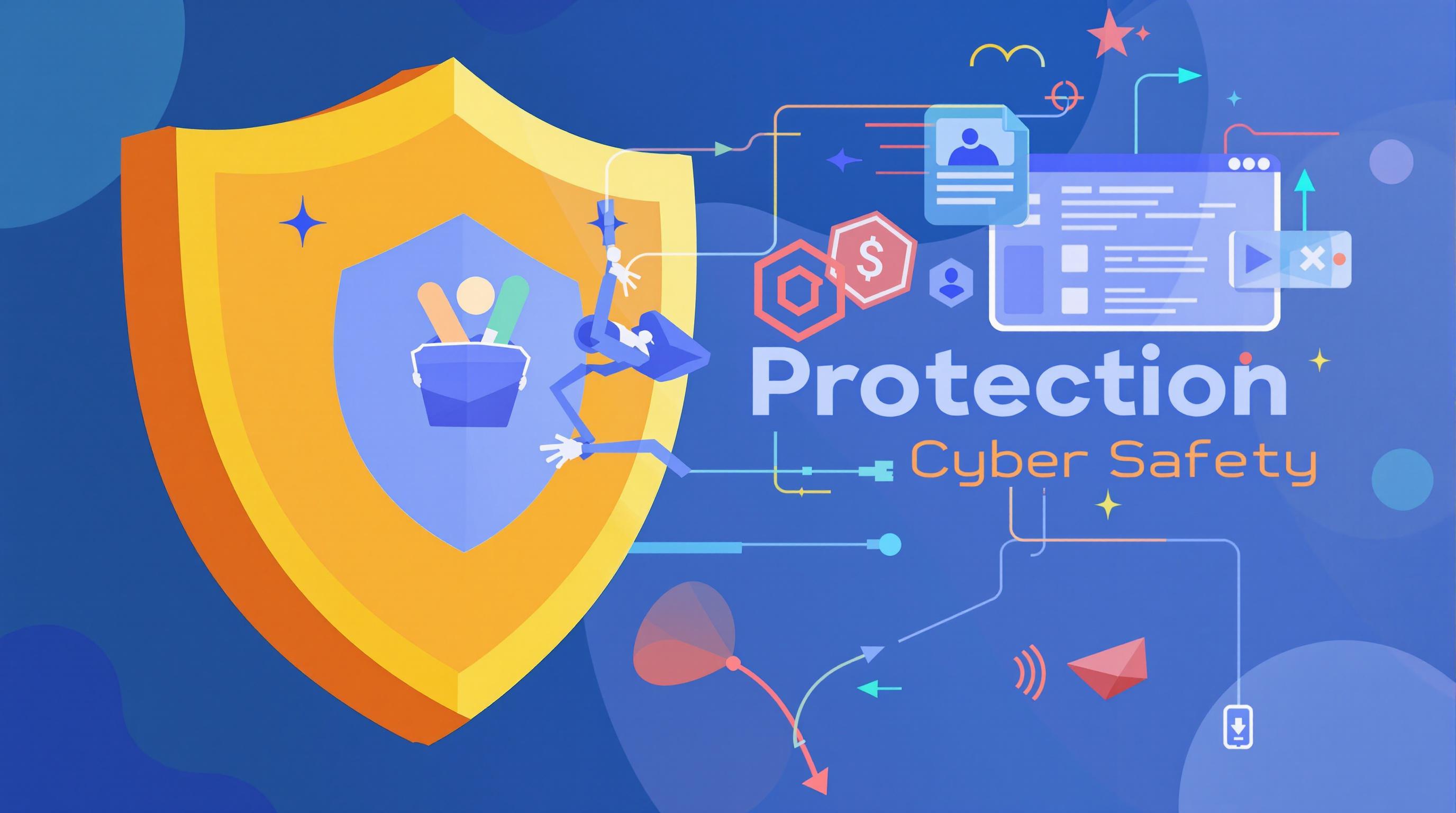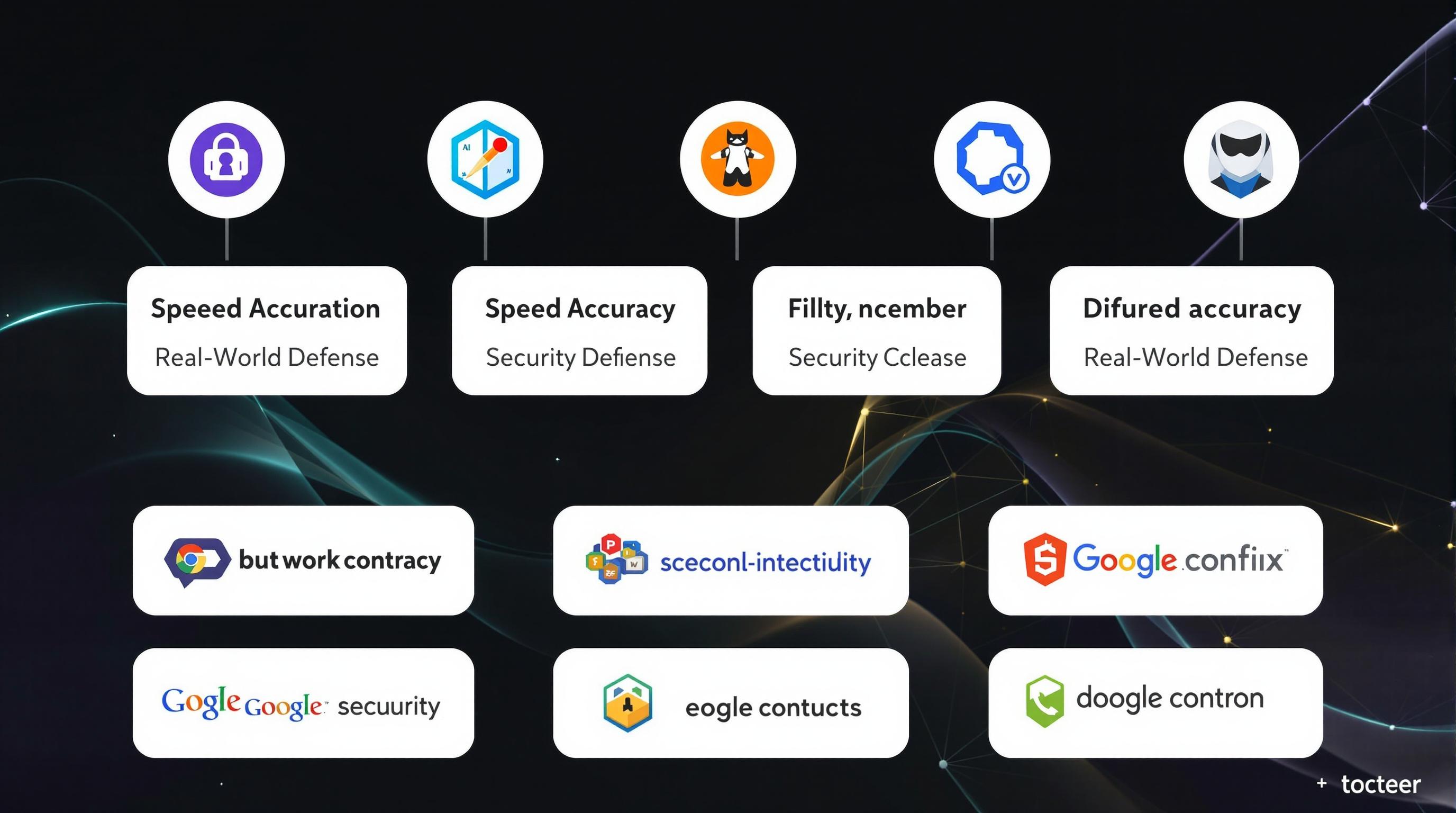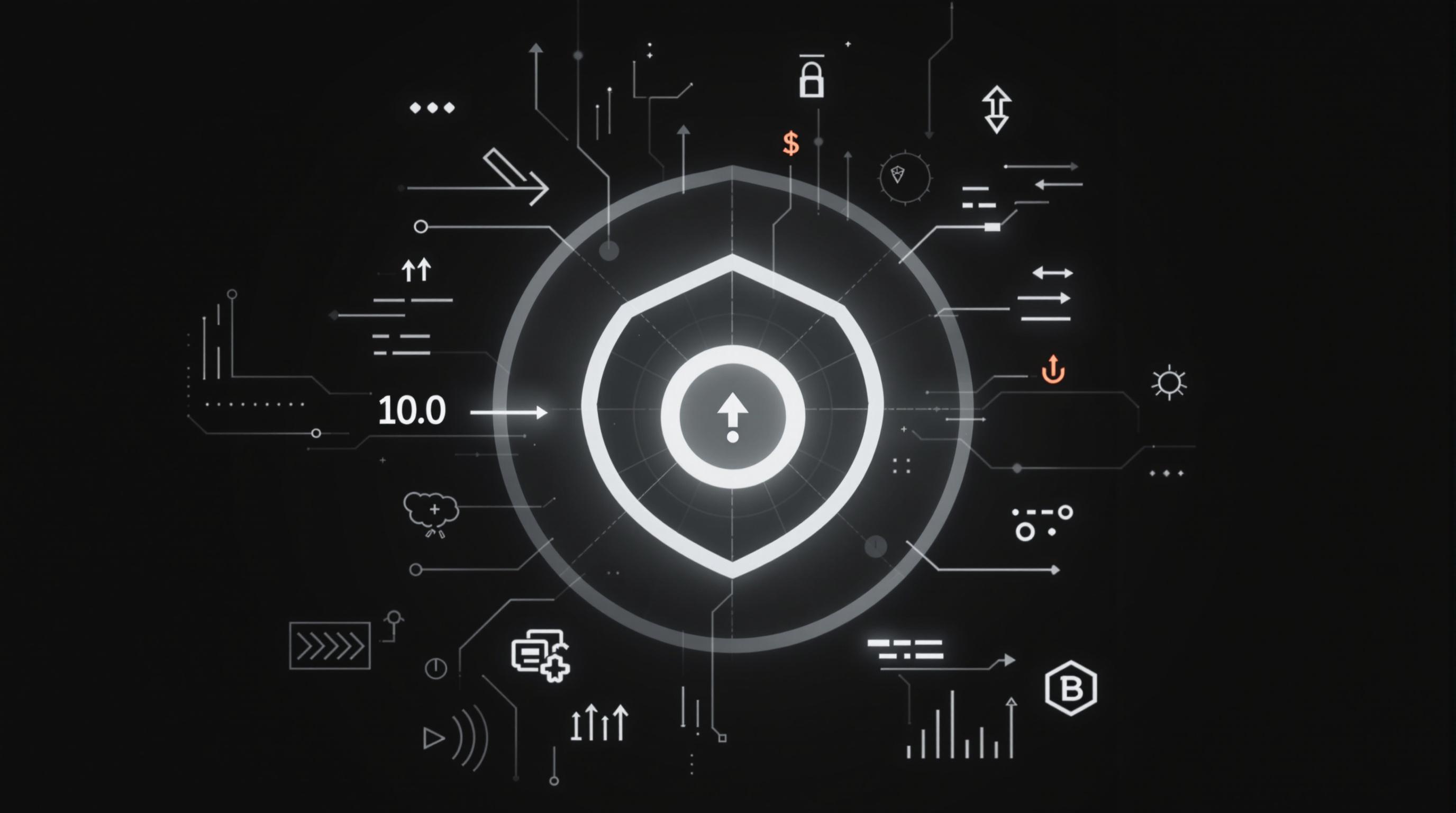Related Articles
- 8 Innovative Password Safes Released Since 2019 Changing How We Protect Our Digital Lives
- Top 6 Revolutionary Password Vaults Debuting Since 2019 That Are Disrupting Cybersecurity Norms
- 7 Innovative Browsers Released Since 2019 That Redefine Online Confidentiality and User Control
- Exploring Psychological Barriers to Adopting Enhanced Mail Safeguards Among Diverse User Groups
- Top 6 Privacy-Focused Browsers Launched Since 2019 That Outsmart Data Trackers Effortlessly
- How Antivirus Software Influences Environmental Footprints: Assessing Energy Use and Electronic Waste Trends
Top 9 Revolutionary Malware Defenders Launched Since 2019: A Detailed Ranking of Speed, Accuracy, and ROI
Top 9 Revolutionary Malware Defenders Launched Since 2019: A Detailed Ranking of Speed, Accuracy, and ROI
Top 9 Revolutionary Malware Defenders Launched Since 2019: A Detailed Ranking of Speed, Accuracy, and ROI
In the evolving battlefield of cybersecurity, malware defenders have become the silent guardians protecting digital assets worldwide. Since 2019, several innovative solutions have emerged, revolutionizing the way threats are detected and neutralized. This article provides a curated ranking focused on three critical aspects: speed of detection, accuracy in threat identification, and return on investment (ROI) for organizations.
The selection process considered independent lab tests, industry reports, and real-world deployment feedback. Speed measures how quickly a tool identifies and quarantines malware; accuracy tracks false positives and missed threats; ROI evaluates cost-effectiveness relative to risk reduction. For technology leaders and security professionals, understanding these dimensions helps optimize protective strategies in a complex digital landscape.
Each section below highlights a top performer with insights into its core attributes. We have also referenced sources such as AV-Test, Gartner analyses, and vendor case studies to ensure a comprehensive overview. Let’s begin the journey through today’s fastest, most accurate, and economically sound malware defenders.
1. SentinelOne Singularity XDR
SentinelOne Singularity XDR stands out for its autonomous AI-driven approach to malware detection and response. Launched with a focus on speed, it uses behavioral AI models that detect threats in real time, often within milliseconds of execution, limiting potential damages substantially.
The tool's accuracy is remarkable, with AV-Test reporting over 99.9% detection rates and minimal false positives. It effectively identifies zero-day exploits and polymorphic threats that traditional signature-based methods often miss. This precision significantly reduces overhead due to false alarms and boosts incident response efficacy.
Regarding ROI, SentinelOne’s single-agent architecture reduces complexity and lowers total cost of ownership by integrating endpoint protection, detection, and response into one solution. Companies report up to 40% reductions in incident management costs, demonstrating strong financial benefits alongside robust protection.
2. CrowdStrike Falcon Insight
CrowdStrike Falcon Insight is renowned for its cloud-native design and threat intelligence integration. Since its 2019 updates, it has accelerated detection speeds through optimized telemetry collection and real-time analysis backed by a global threat database.
Its accuracy is bolstered by the integration of machine learning and expert threat hunters who continuously refine detection algorithms. Independent tests highlight its efficiency in identifying ransomware and fileless attacks, with false positive rates consistently below industry averages.
From an ROI perspective, CrowdStrike’s subscription-based model combined with its ease of deployment streamlines budgeting and reduces operational costs. Enterprises benefit from diminished downtime and faster threat neutralization, contributing to overall cost savings and higher security ROI.
3. Microsoft Defender for Endpoint
Microsoft Defender for Endpoint, improved significantly post-2019, leverages the extensive Microsoft Intelligent Security Graph to accelerate detection and response times. Its integration within the Windows ecosystem allows rapid correlating of signals across multiple sources.
The solution delivers high accuracy through cloud-based analytics and endpoint behavioral sensors. Independent assessments give it strong scores for blocking advanced persistent threats and minimizing false positives, often attributed to its heuristic and behavioral detection layers.
ROI is enhanced due to the product’s inclusion within Microsoft 365 subscriptions, reducing incremental security costs. Enterprises already within the Microsoft ecosystem experience smoother integration and reduced training expenses, maximizing value for organizations investing in Microsoft-centric infrastructure.
4. Trend Micro XDR
Trend Micro XDR stands out for its expanded visibility across email, endpoints, servers, cloud workloads, and networks, enabling swift threat detection and response. Introduced with improvements since 2019, it prioritizes speed by automating investigative workflows and incident correlation.
Its accuracy benefits from deep learning and rule-based techniques, enabling detection of complex malware variants with high precision. Reports indicate that Trend Micro reduces false positive incidents by up to 30%, improving security team efficiency.
On the ROI front, Trend Micro’s integration with existing security infrastructures lowers deployment costs. The automation capabilities reduce manual workloads, thus cutting labor expenses and improving the overall return on security investment.
5. Malwarebytes Endpoint Protection
Malwarebytes revamped its endpoint protection platform after 2019 with a focus on rapid malware eradication and minimal system impact. Its layered defense combines signature-based detection with advanced heuristics, resulting in faster isolation of emerging threats.
The accuracy of Malwarebytes is demonstrated by its resilience against ransomware and phishing exploits, with third-party labs verifying detection rates above 98%. Additionally, the product emphasizes reducing false positives to avoid disrupting day-to-day operations.
With straightforward pricing and ease of deployment, Malwarebytes offers compelling ROI particularly for small and mid-size businesses. Its minimal impact on system resources further translates to user satisfaction and reduced indirect costs linked to performance degradation.
6. Sophos Intercept X
Since its 2019 enhancements, Sophos Intercept X has delivered rapid detection through deep learning AI and exploit prevention technologies. This focus accelerates time to detection and containment, reducing the window of vulnerability.
The product’s accuracy has been proven in industry benchmarks, with detection rates often above 99% and a very low incidence of false positives. Its unique CryptoGuard technology specifically targets and reverses ransomware attacks, distinguishing it from competitors.
Return on investment is supported by Sophos’ unified management platform and centralized reporting tools. This reduces administrative overhead and streamlines compliance efforts, offering financial and operational efficiencies for security teams.
7. Palo Alto Networks Cortex XDR
Palo Alto Networks launched Cortex XDR enhancements post-2019 with a strong emphasis on integrating endpoint, network, and cloud telemetry to speed detection timelines. The platform’s analytics engine correlates data from diverse sources to identify sophisticated threats quickly.
The accuracy is notably high, with Cortex XDR effectively detecting fileless malware and advanced persistent threats. Its adaptive machine learning models continuously improve detection fidelity and reduce false positives, optimizing analyst focus.
ROI considerations favor Cortex XDR’s ability to consolidate multiple security functions, lowering overall licensing and operational costs. Organizations experience higher productivity due to automation and fewer security breaches, justifying the investment.
8. Bitdefender GravityZone Ultra
Bitdefender’s GravityZone Ultra platform, relaunched with advanced capabilities since 2019, accelerates malware detection by employing real-time machine learning and behavioral analysis. Its multi-layered approach swiftly blocks zero-day and polymorphic threats.
The platform attains consistently high accuracy scores in independent tests, with a strong balance between threat detection and low false positives. Bitdefender’s Threat Intelligence Cloud dynamically updates signatures and heuristics to stay ahead of evolving threats.
In terms of ROI, GravityZone Ultra offers scalable licensing models suited for enterprises of varying sizes. It optimizes resource allocation through automated remediation and detailed reporting, enhancing security posture without excessive expenditure.
9. Kaspersky Endpoint Security for Business
Kaspersky enhanced its Endpoint Security for Business solution since 2019 with improved detection algorithms that boost the speed of threat identification. Its cloud-assisted technologies provide rapid threat intelligence updates and incident response coordination.
The platform is noted for its high detection accuracy and low false positive rate, confirmed by results from AV-Comparatives and other independent testing labs. It excels particularly in identifying ransomware, malware, and phishing attacks.
The ROI advantage comes from its modular architecture allowing tailored protection levels and cost control. Kaspersky also supports broad platform compatibility, reducing integration challenges and operational complexity, thereby maximizing budget efficiency.
Conclusion
Since 2019, the malware defense landscape has evolved dramatically, with solutions emphasizing speed, accuracy, and ROI. Technologies leveraging AI, behavioral analysis, and integrated telemetry have pushed the boundaries of threat detection and mitigation.
Each of the highlighted platforms excels in different ways depending on organizational needs, existing infrastructure, and budget constraints. By understanding these nuanced strengths, cybersecurity leaders can align their investments with strategic security goals effectively.
Choosing the right malware defender is not merely about picking the fastest or most accurate product, but about attaining the best return considering operational efficiency, cost, and long-term resilience. As cyber threats grow more sophisticated, these innovations provide critical foundations on the path to digital harmony and safety.
References:
AV-Test Reports 2020-2023, www.av-test.org
Gartner Magic Quadrant for Endpoint Protection Platforms, 2020-2023
Vendor Whitepapers: SentinelOne, CrowdStrike, Microsoft, Trend Micro, Malwarebytes, Sophos, Palo Alto Networks, Bitdefender, Kaspersky




